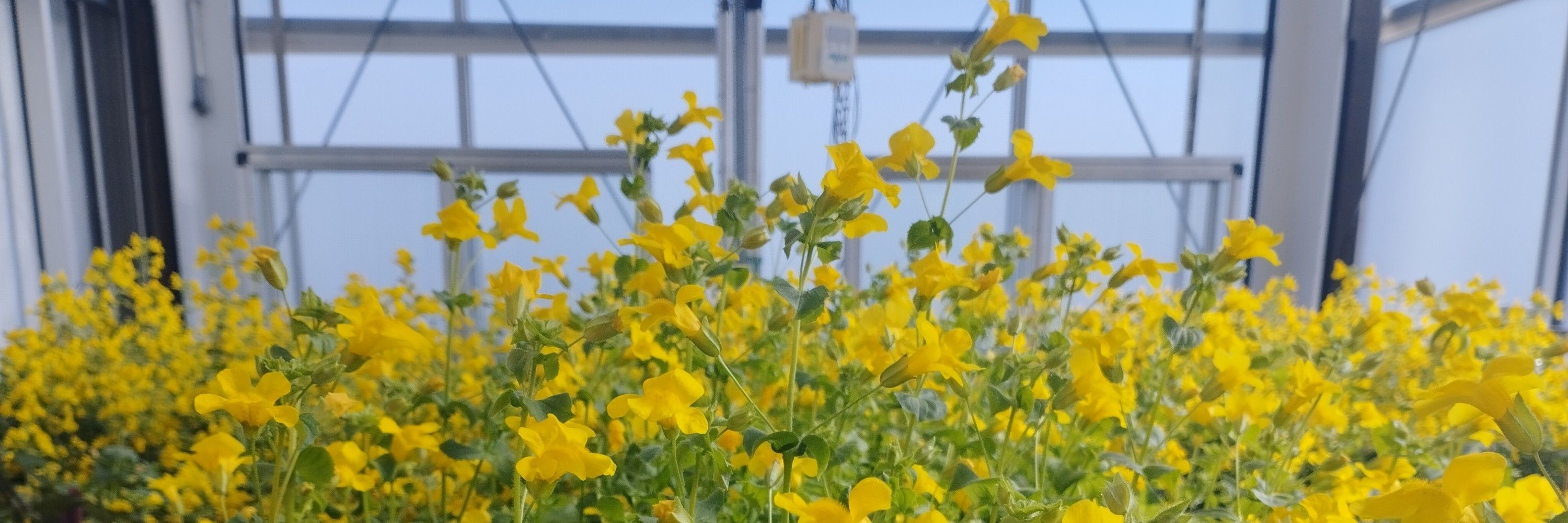
former D1 student-athlete 🎾 | 🇩🇪






This work was led by the ABSOLUTE ROCKSTAR Hongfei Chen!
This work was led by the ABSOLUTE ROCKSTAR Hongfei Chen!
www.biorxiv.org/content/10.1...

www.biorxiv.org/content/10.1...


youtu.be/H-vue8TJsrA?...

youtu.be/H-vue8TJsrA?...

